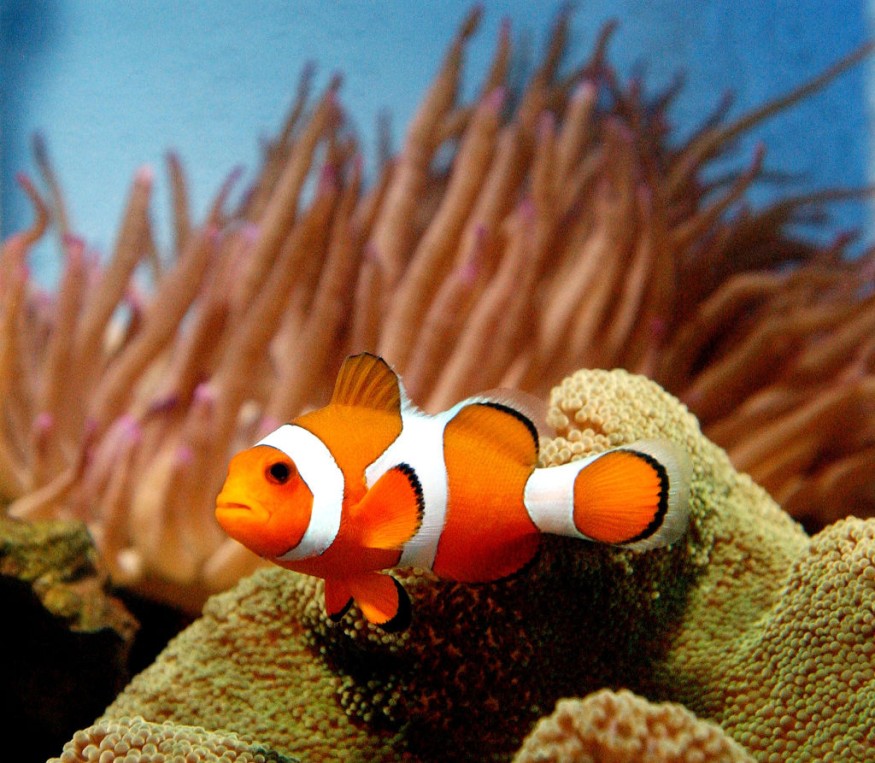
As the ocean becomes more polluted, conditions for marine life and health have grown more concerning, especially that these pollutants leach chemicals into the water.
Researchers in a new study discovered that these chemical pollutants that originates from human waste impact reproduction in common anemonefish, Amphiprion ocellaris.
The endocrine disrupting chemicals detected in the marine environment from plastic waste and wastewater effluent disrupt normal reproduction in animals, including the anemonefish. These chemicals, such as bisphenol A (BPA) and ethinylestradiol (EE2), also alters their brain gene expression and aggressive behavior.
"In Indonesia, for example, there are beautiful coral reefs found below a lot of garbage, so anything that enters the water is affecting the fish," said Jose Gonzalez, a former undergraduate researcher in the Rhodes group.
The study determines the impacts of environmentally relevant concentrations of BPA found in a lot of different plastics like water bottles, and EE2 commonly found in birth control pills from wastewaters of manufacturing plants and hospitals.
How BPA and EE2 affect reproduction
"There have been previous studies that have established that these pollutants tend to feminize animals like freshwater fish, rats, mice, and even humans," said Justin Rhodes (GNDP), a professor of psychology. "However, no one has studied their effects on a fish whose sex is totally determined by the environment."
The researchers looked into A. Ocellaris specifically "because they can transition from male to female helping us understand how BPA and EE2 can affect reproduction," said Sarah Craig, an undergraduate research assistant in the Rhodes group.
The team paired 9 sexually immature, male fish fed twice daily with normal food, and food containing BPA, or EE2.
"Since these fish are able to change their sex, we looked at different indicators such as behavior, gene expression in the brain, and hormone levels," said Abigail Histed, an undergraduate research assistant in the Rhodes group. "Interestingly, other than behavior, we found a feminizing effect in all the other categories."
Chemical responsible for feminization
Six months later, results showed that BPA-fed fishes lost testicular tissue, had lower androgen levels, and increased expression of genes in the brain responsible for feminization.
"In nature, the females are very aggressive and do not tolerate the presence of other females," Rhodes said. "We discovered that although BPA is feminizing the gonads, the fish are not that aggressive and can live with each other. These results suggest that the feminization in the brain occurs independently of gonadal hormones."
Although it remains unclear how BPA is exerting its effects, researchers believe that BPA has other additional effects. "BPA could be affecting other hormone receptors or interfering with androgen signaling. It could be a mix of different effects and we don't know yet," Rhodes added.
Findings imply that this effect influences their population numbers.
"A longer time frame would be better to compare the degrees of feminization with BPA compared to natural feminization. Maybe they do eventually fight and kill each other and it's something we missed with a shorter time frame," Rhodes said.
Lastly, the team is looking forward to investigate the effects of EE2 further using higher concentrations as they worry that the administered levels were not high enough.
© 2025 NatureWorldNews.com All rights reserved. Do not reproduce without permission.





